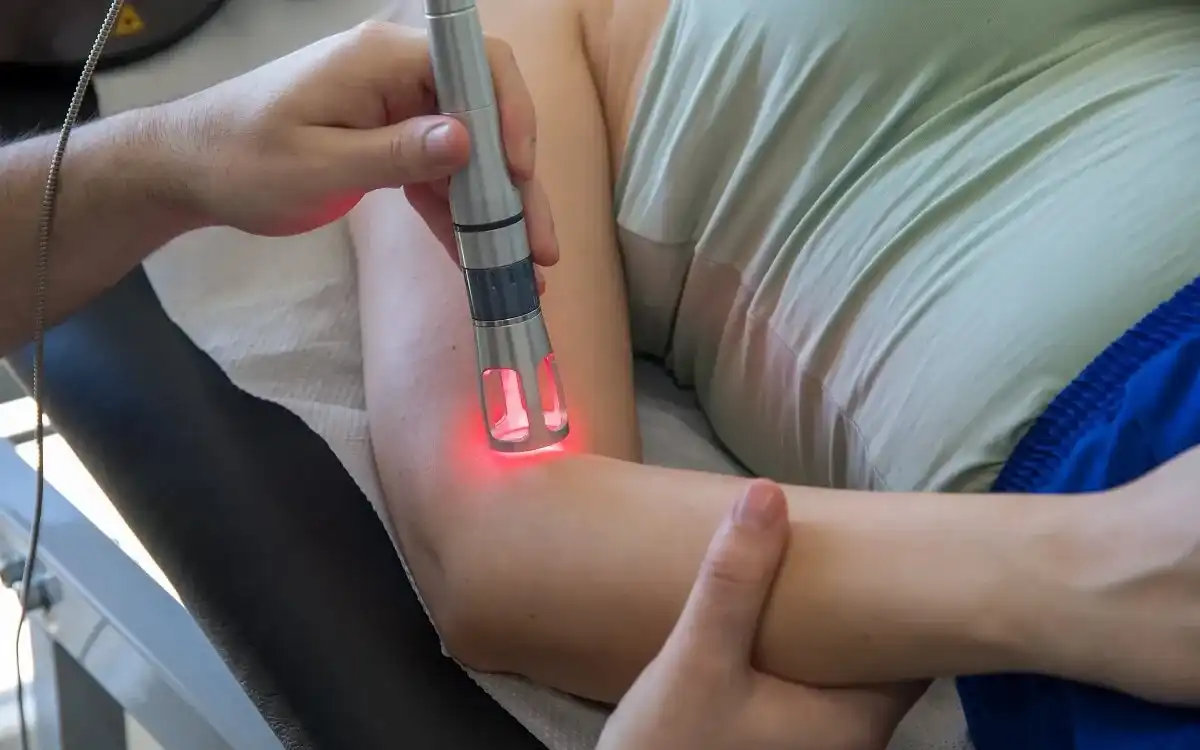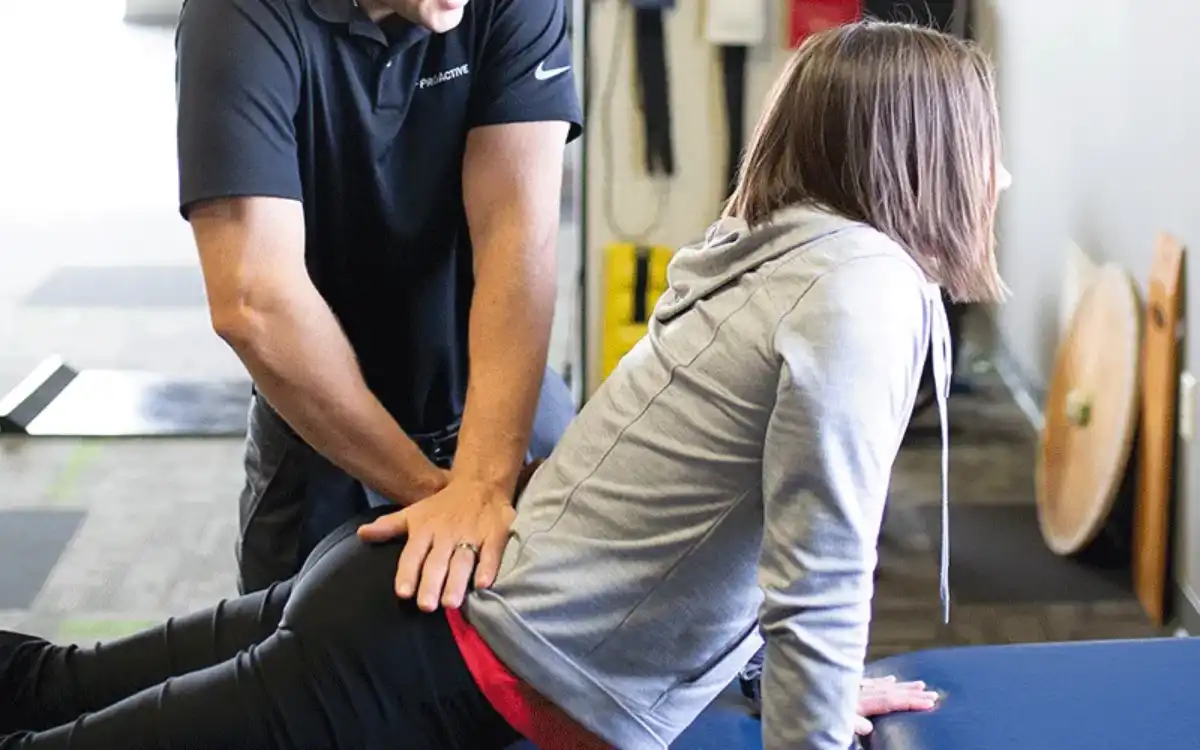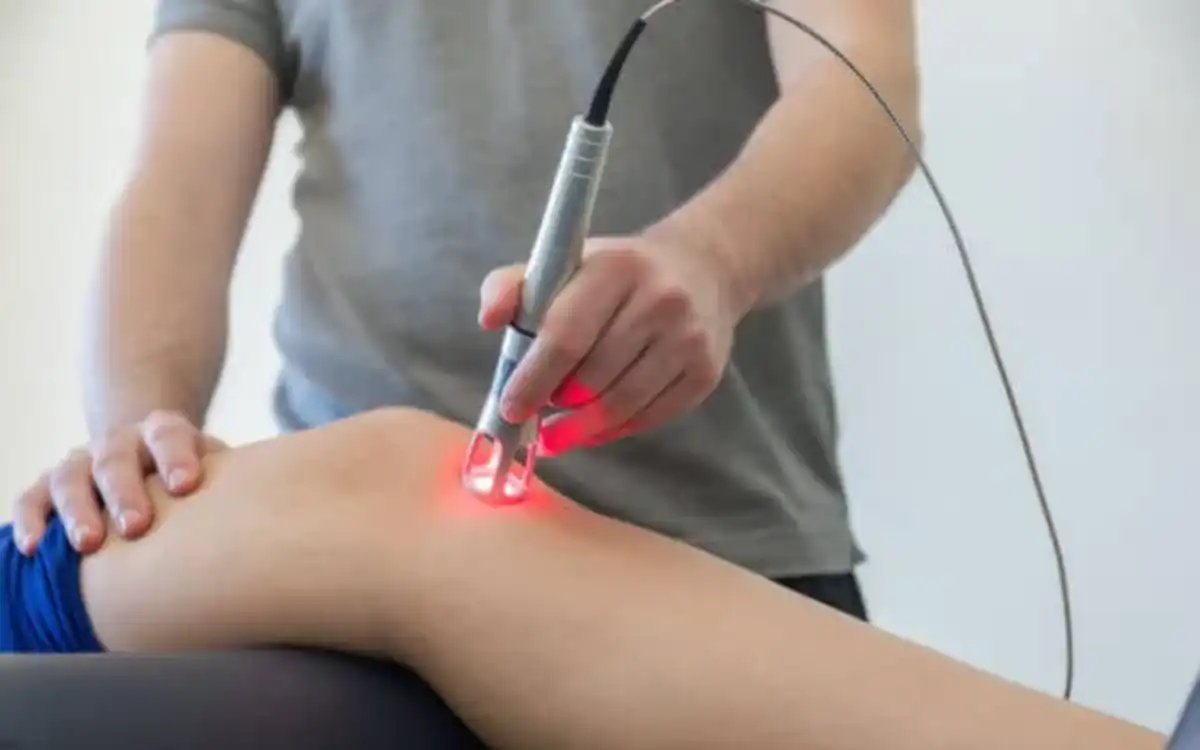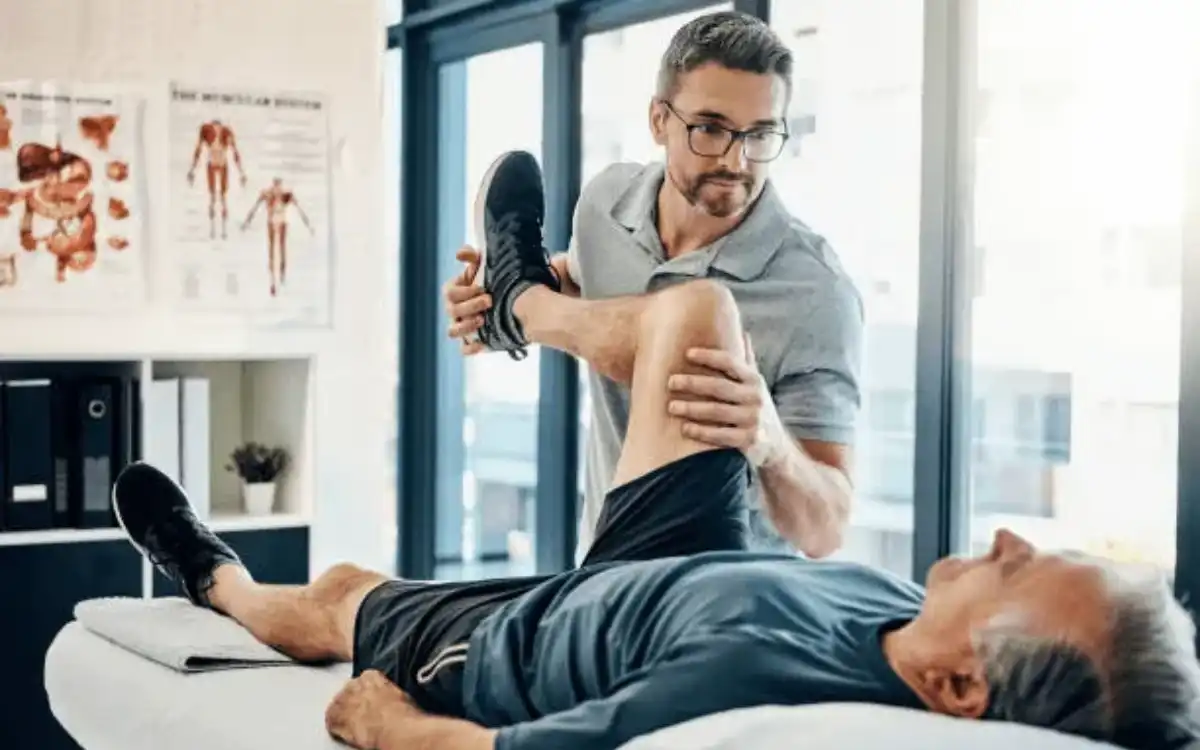OVERVIEW
Temporomandibular Disorders (TMD)
Temporomandibular disorder, also known as TMD, is a term used to describe a whole group of disorders that affect the temporomandibular joints or other joints (TMJ).
TMJs refer to the jaw joints. One is located on either side of your head, just in front your ear canals. They are made up of the following:
- Muscles that control joint movement
- Ligaments that keep the bones together
- Cartilage provides a smooth surface that allows the bones to move.
- A disc that aids in proper movement of the bones
- Elastic tissue that holds the disc in its place.
Symptoms can be caused by any one or more of these tissues. Studies show that TMJ symptoms can be experienced by as many as a third of the population. These include pain when chewing, yawning or opening the jaw. TMJ problems are more common in women than in men. Treatment may be available for as little as 3-6% of the population.
There are many temporomandibular conditions. Pain can be caused by myogenous orarthrogenous muscles, joints, or a combination.
TMD can be treated by physical therapists who treat joint and muscle problems. A majority of TMD patients also suffer from neck pain. Both can be treated by a physical therapist. There is no other healthcare professional better equipped to treat neck pain and TMD.
TMD can seem complicated, but it doesn’t have to be. These two websites and your physical therapist will help you to ensure the following:
- You have the right education
- Your treatment will be conservative, cost-effective, and can be reversed.
- Realistic goals are possible
- Your examination will be brief and intended to pinpoint the source of your pain.
A physical therapist will perform the examination and classify you according to the following criteria:
- A condition that causes inflammation
- Motion restricted to the jaws
- Excessive jaw range motion
- Arthrogenous Disc Displacement
- Jaw muscle pain
- Headache-related neck pain (sometimes misunderstood as TMD).
Once you have identified the affected structures, your therapist can provide the right treatment.
TREATMENT
GOALS
Possible Treatment Goals
- Decrease Risk of Reoccurrence
- Improve Function
- Improve Muscle Strength and Power
- Improve Proprioception
- Improve Range of Motion
- Improve Relaxation
- Self-care of Symptoms
- Improve Tolerance for Prolonged Activities










